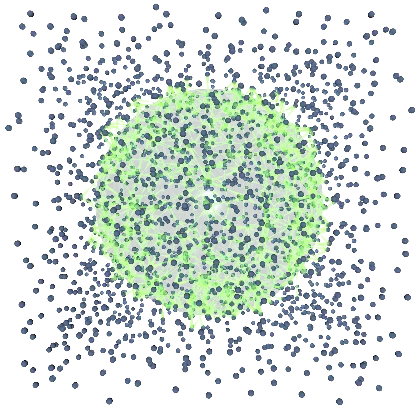By using the VACC to simulate a container of superfluid helium atoms at absolute zero temperature, our team of scientists has discovered that the amount of quantum entangled information shared between two parts of the container grows with the area of the boundary between them. Just like a black hole, it seems that the information needed to describe a three-dimensional volume of space is entirely encoded on its two-dimensional surface. These new results demonstrate for the first time the existence of an entanglement area law in a real quantum liquid that can be studied in a laboratory on earth, and then applied to improve our understanding of black holes in space. This finding could ultimately deepen our understanding of the holographic principle—the idea that, like a holograph, our apparently three-dimensional universe can be fully described in only two spatial dimensions.
Reference: C. M. Herdman, P.-N. Roy, R.G. Melko and A. Del Maestro, Nature Physics, 4075, 1 (2017). http://dx.doi.org/10.1038/nphys4075
Entanglement Area Law in Superfluid 4He
ShareOctober 24, 2017